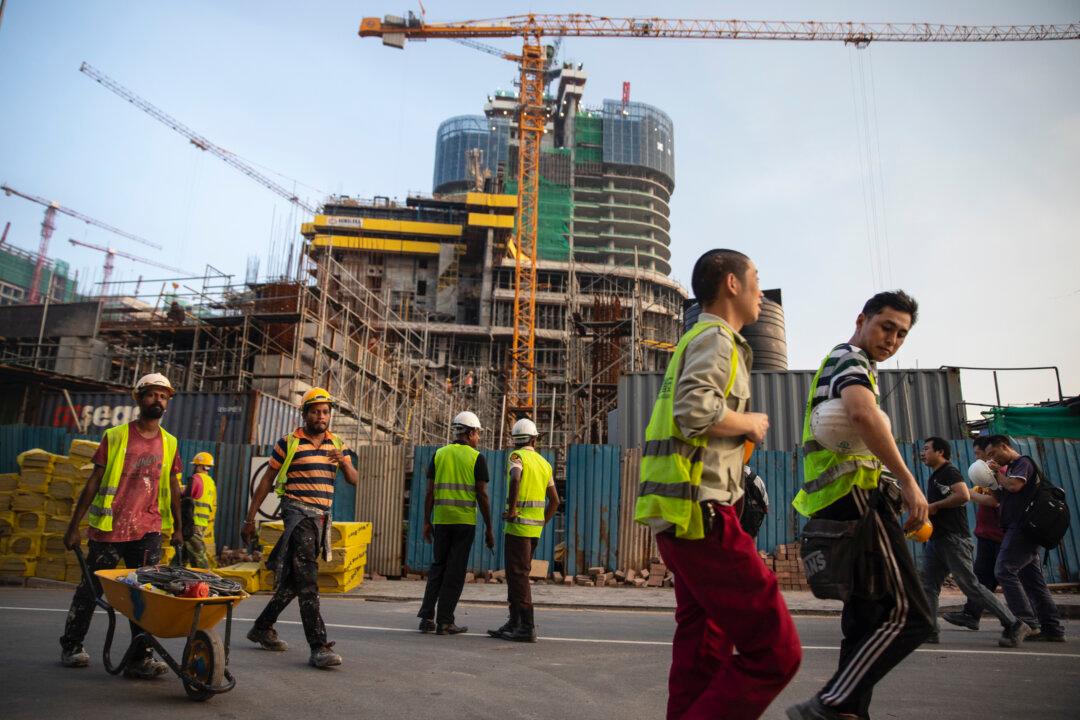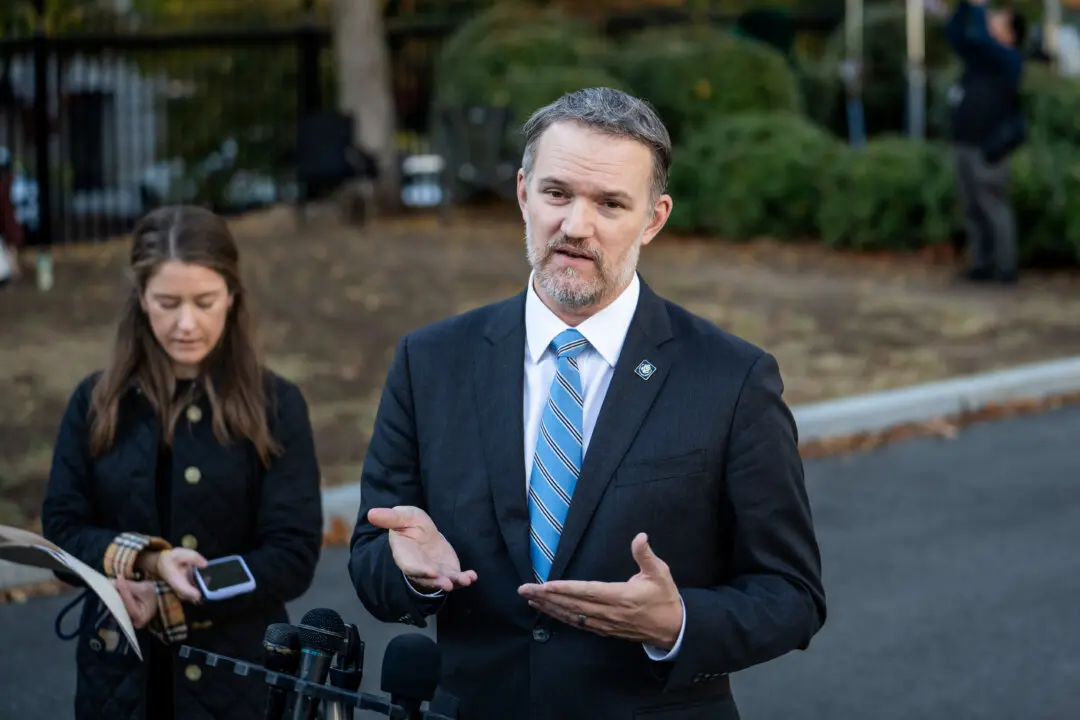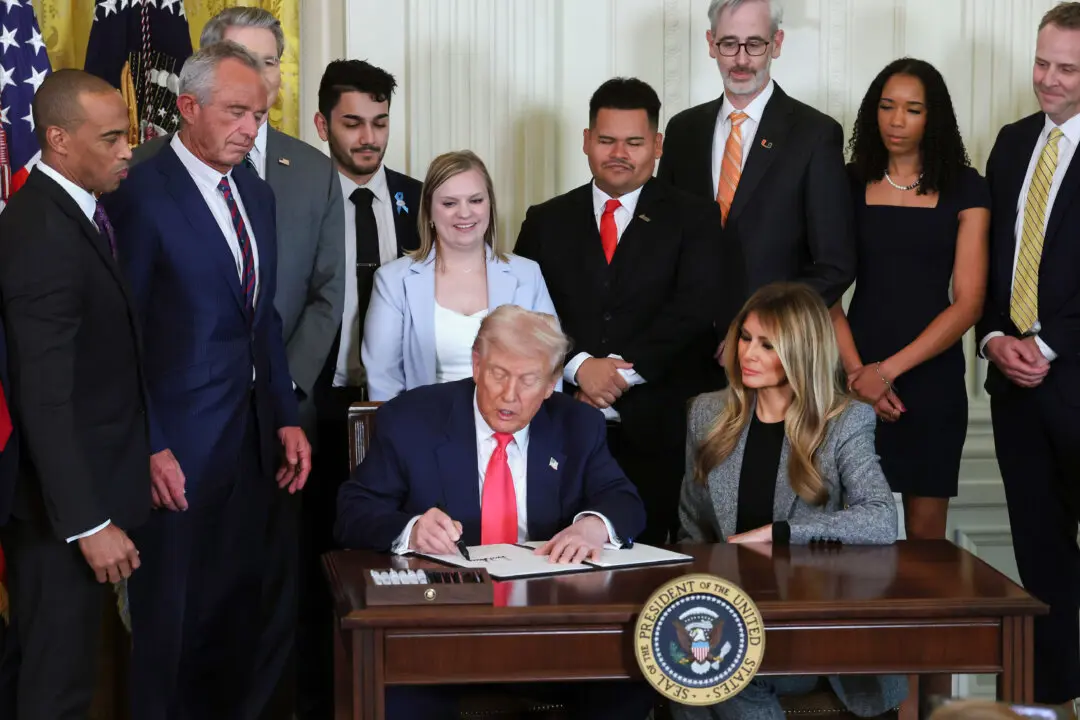WASHINGTON—The world has averted a systemic debt crisis amid the pandemic. However, the poorest developing countries continue to face significant debt problems, raising global worries over multiplying debt traps by creditors like China.
Addressing the rising risk of a systemic debt crisis in developing countries is one of the key themes at this week’s virtual spring meeting of the International Monetary Fund (IMF) and the World Bank.





